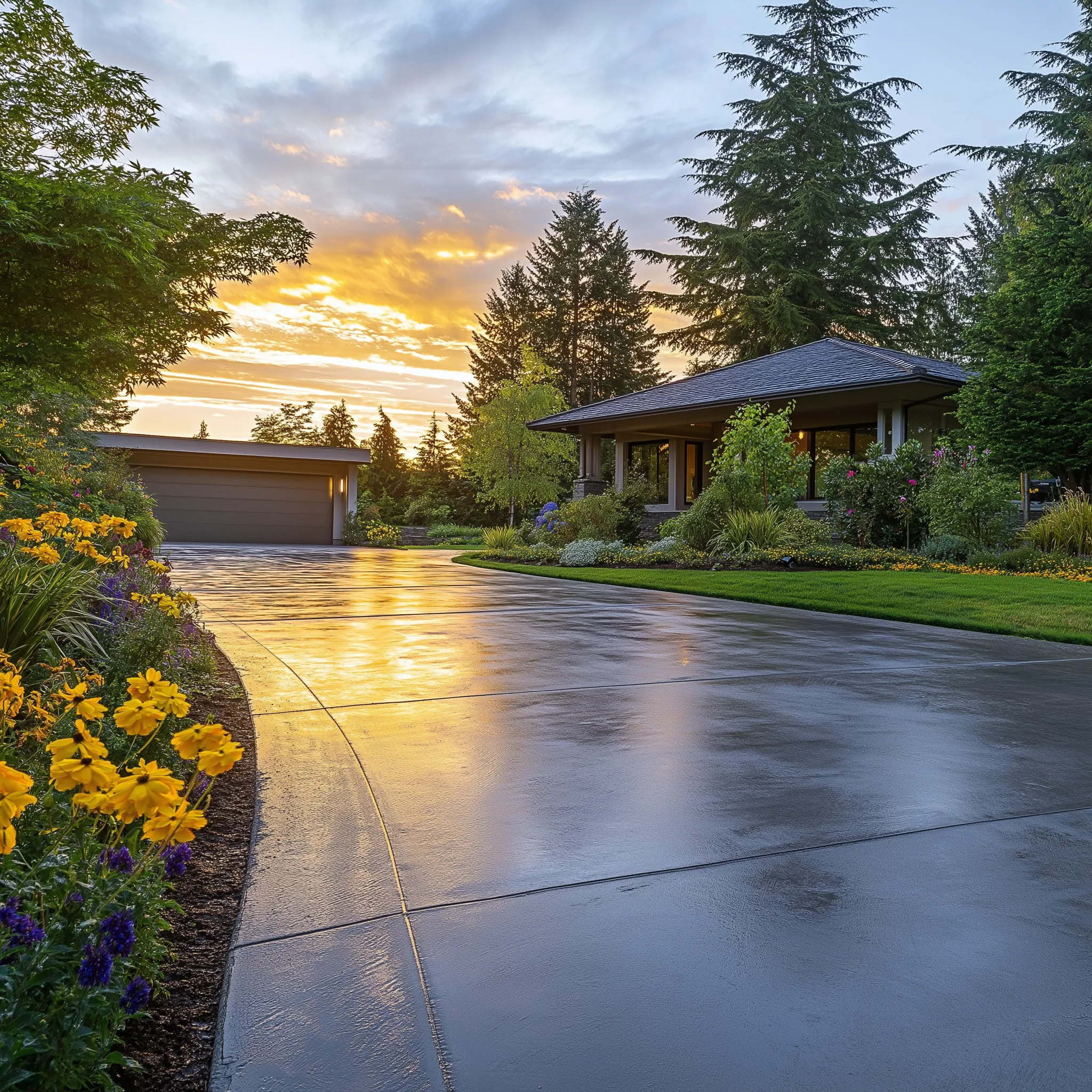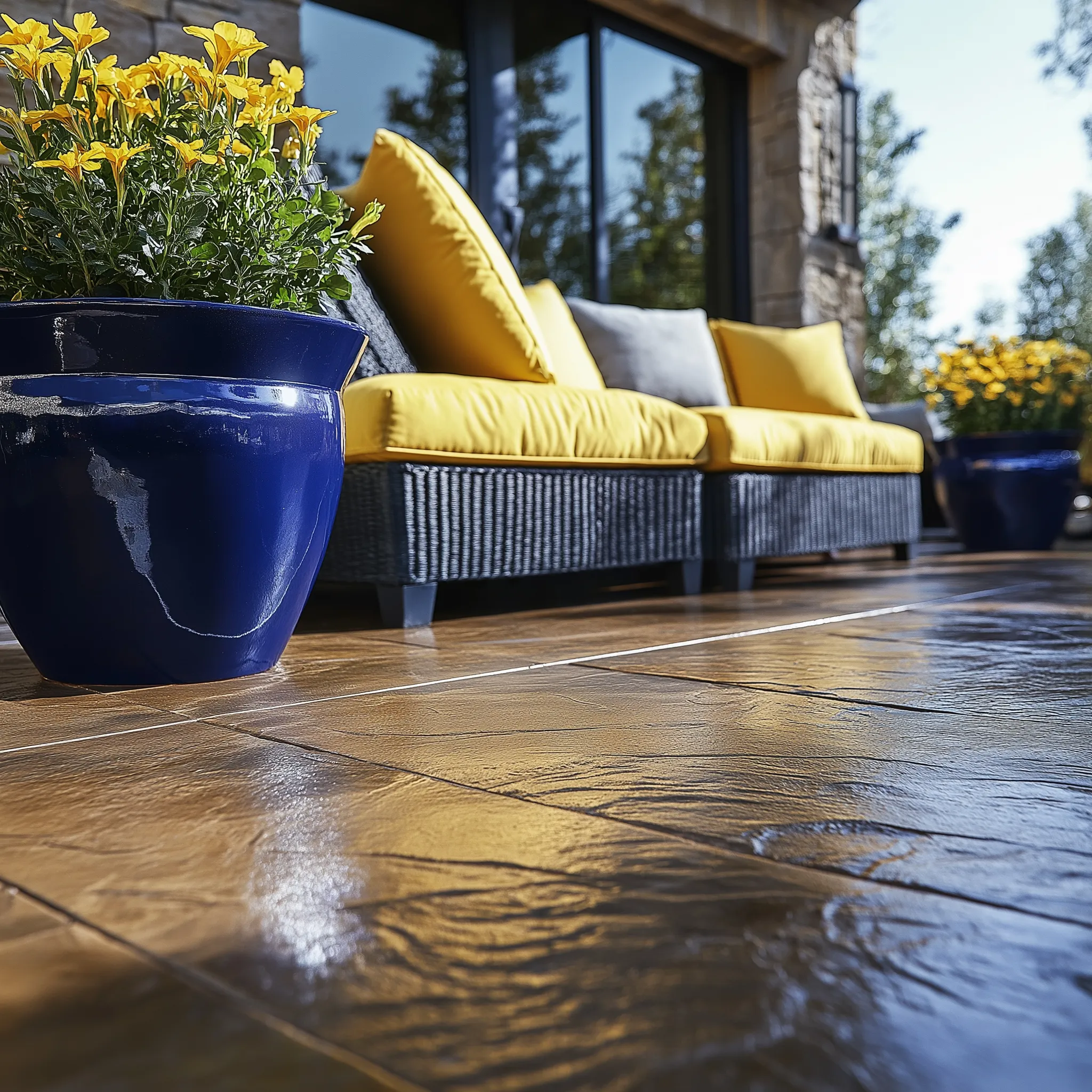Introduction
Liquid hardeners play a crucial role in enhancing the durability and longevity of concrete surfaces. By penetrating the concrete and chemically reacting with it, they help create a denser, more abrasion-resistant surface. In this blog post, we will discuss the key application procedures and best practices for using liquid hardeners, ensuring that you get the most out of this vital concrete construction material.
Why Use Liquid Hardeners?
Liquid hardeners offer several advantages to concrete surfaces:
Increased strength and durability: By reacting with the concrete, liquid hardeners create a more durable and wear-resistant surface, perfect for high-traffic areas and industrial settings.
Dustproofing: The hardening process seals the concrete surface, reducing dust and making it easier to clean and maintain.
Enhanced appearance: Liquid hardeners can give concrete surfaces a more polished, professional look, making them suitable for commercial and retail spaces.
Cost-effective solution: As an alternative to traditional coatings or overlays, liquid hardeners can be more cost-effective while still providing excellent results.
Application Procedures and Best Practices
To get the best results from your liquid hardener, follow these essential application steps:
Surface preparation: Ensure the concrete surface is clean, sound, and free of any contaminants or previously applied curing compounds. Use SpecChem Orange Peel or another suitable cleaner to remove any foreign matter. Test the surface’s absorbency by sprinkling a few drops of water in different areas – if the water is readily absorbed, no further cleaning is necessary.
Application method: Apply the liquid hardener using a low-pressure sprayer with a fan-type spray nozzle. This ensures even coverage and optimal penetration into the concrete surface.
Application rate: The ideal application rate can vary depending on the surface finish and substrate, typically ranging from 200-400 sq. ft. per gallon. Be sure to monitor the coverage and adjust as needed to achieve the desired result.
Post-application care: If any white residue appears on the surface, clean and rinse it immediately with water to prevent staining or discoloration.
Curing: Although liquid hardeners are not compliant with ASTM C-309 as membrane-forming curing compounds, they may still be used as curing agents in certain situations. Consult with the manufacturer or your distributor for guidance on using liquid hardeners for curing purposes.
Conclusion
By following these application procedures and best practices, you can ensure the optimal performance of your liquid hardener and create a durable, long-lasting concrete surface. Whether you’re working on a commercial, industrial, or residential project, SpecChem’s liquid hardeners offer a cost-effective, high-quality solution for strengthening and dustproofing concrete surfaces. For more information on our liquid hardeners and other concrete construction materials, reach out to our team of industry experts.





